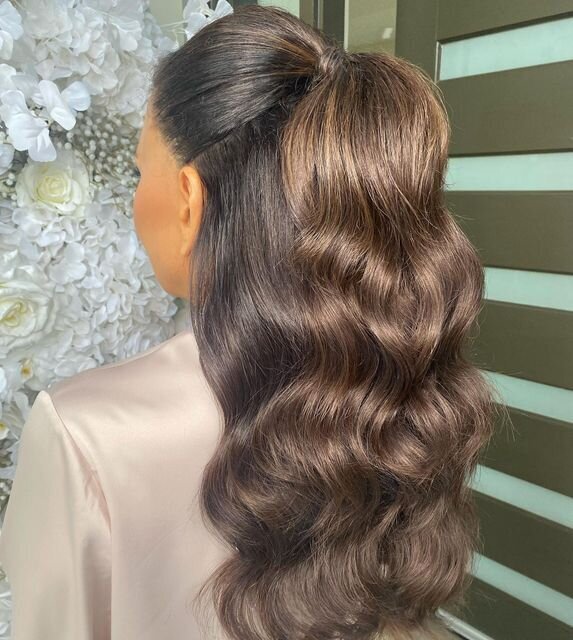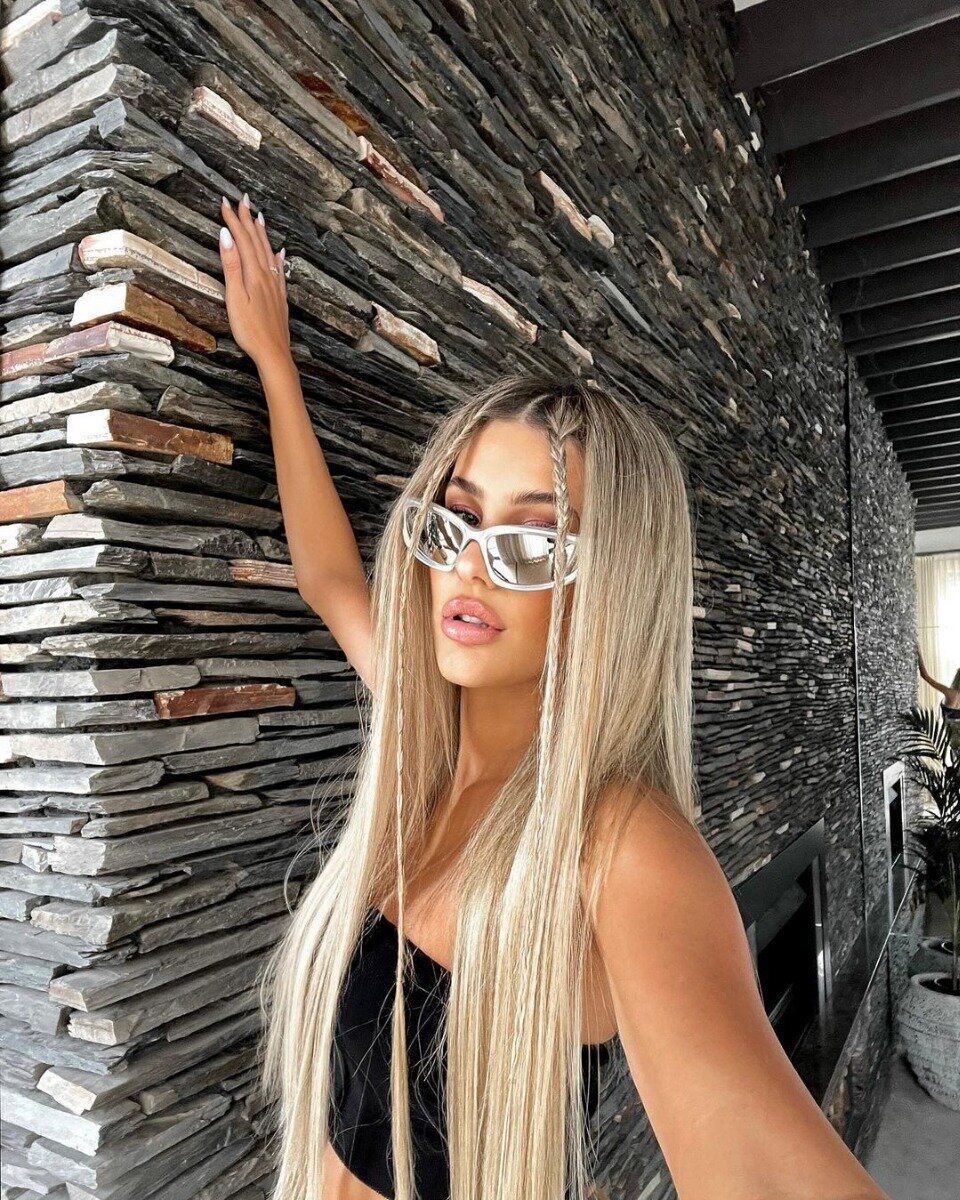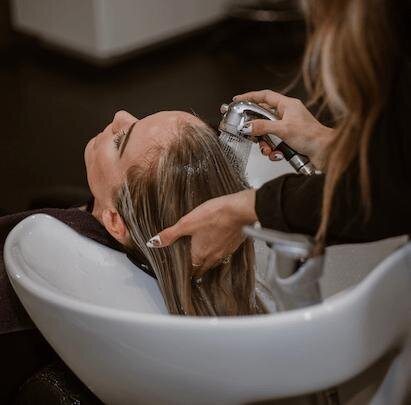Types of Hair Rebonding
In our last article, we talked about hair rebonding, what it is, its benefits, and how it’s done. What we didn’t talk about, however, is how there are many different types of rebonding being offered by various hair salons nowadays.
Indeed, with the popularity of hair rebonding comes all the new inventions and innovations in the hair and beauty industry. In today’s article, we’ll talk all about the different types of hair rebonding.
Straight rebonding
Straight rebonding is typically what most people imagine when they think of hair rebond. It’s one of the oldest types of hair rebonding, most popular a few decades ago. It uses the harshest, strongest chemicals to change the composition of hair, which means that it can straighten even the curliest, most unruly hair.
The biggest downside to this is how flat and dull the end result looks like for a lot of hair types. Ever seen stick straight hair from the early 2000s? They probably underwent this hair treatment before. That’s because the chemicals are much too strong, which is why the effect is so drastic.
If you have really thick or really curly strands that you want to get straightened, this is probably the best type of hair rebonding for you. However, if you have thin strands, or if you’ve got soft wavy hair, it’s best to avoid this one since the result may not be for your liking.
Volume rebonding
Volume rebonding is a newer, more natural-looking type of hair rebonding. True to its name, volume rebonding helps give your hair a lot more volume. This means no dull, stick straight strands. Your hair is guaranteed to look soft and manageable with this type of rebond.
Another benefit is that volume rebonding allows your hair to be tied without retaining its shape. So if you like perming the ends of your hair, you can do it even if the upper parts are volume rebonded. It will still look natural and not at all salon-made.
The biggest downside? Volume rebonding is a lot more expensive than traditional straight rebonding. Plus, if you have very thick or very curly hair, it may not work that well on you, since the chemicals used in this process are only strong enough to make already straight hair or wavy hair look smooth and sleek.
Soft rebonding
Soft rebonding is quite similar to volume rebonding in a way that they both use chemicals that aren’t as strong or harsh.
In addition to this, the process to achieve a soft rebond also requires less use of the flat iron, as compared to a traditional straight rebond. The flat iron is even set to a much lower temperature to prevent straightening your hair too much.
If you have thin hair, soft rebonding is a recommended treatment for you since it’s not as damaging as the other types of hair rebonding. Those with natural curls may also prefer a soft rebond, since it’s still possible to retain your natural curls with this process while cutting out all the frizz.And that’s it for the different types of hair rebonding. For more hair articles, feel free to check out our ZALA blog!





